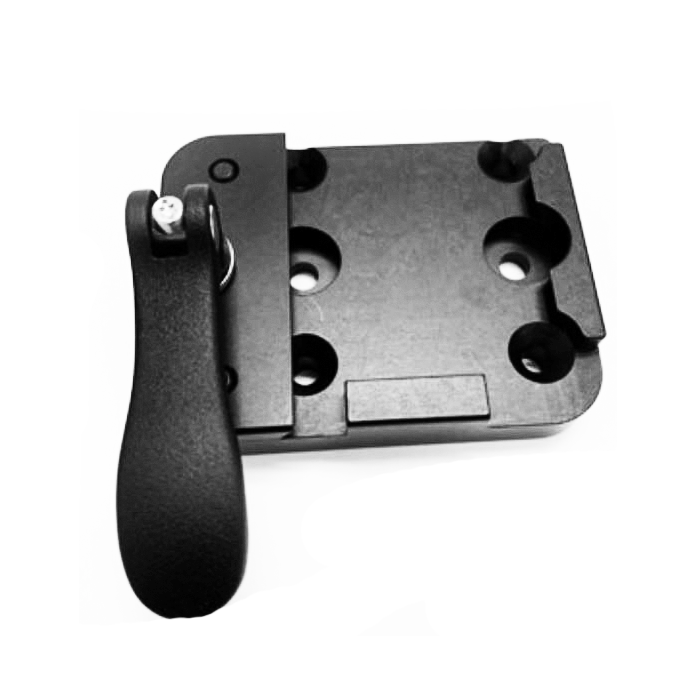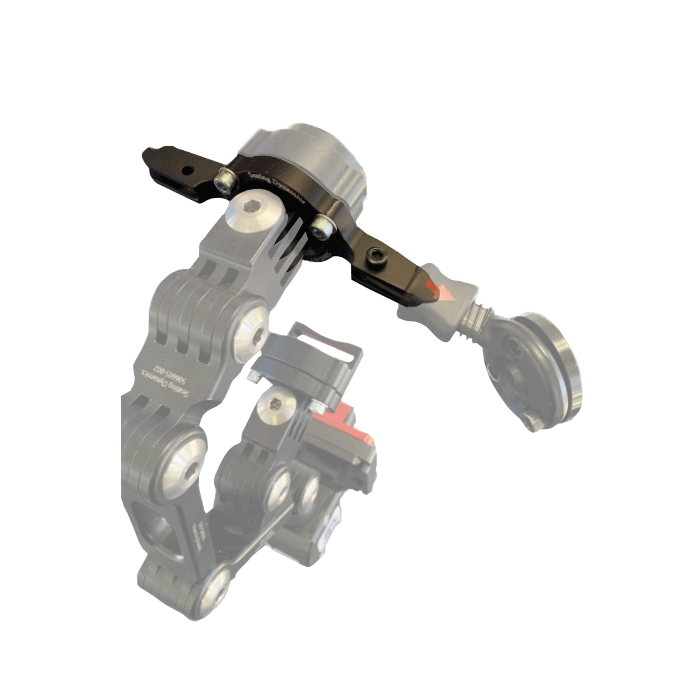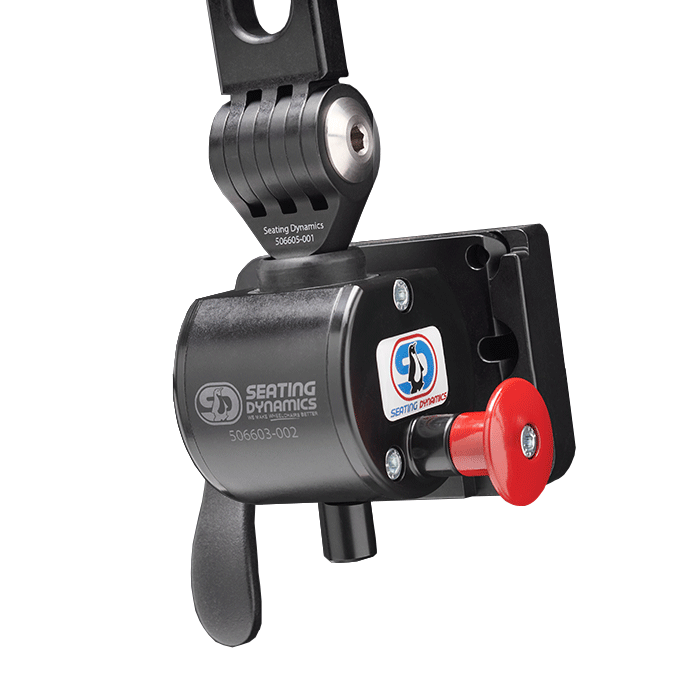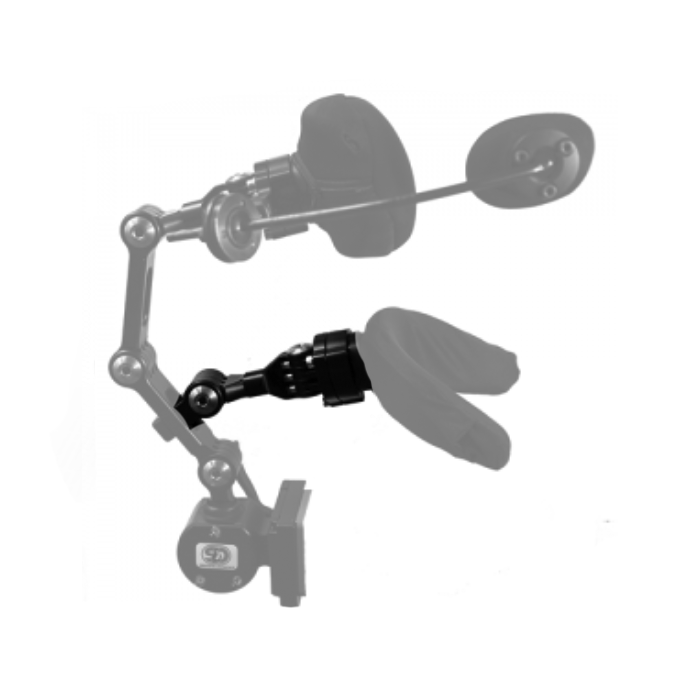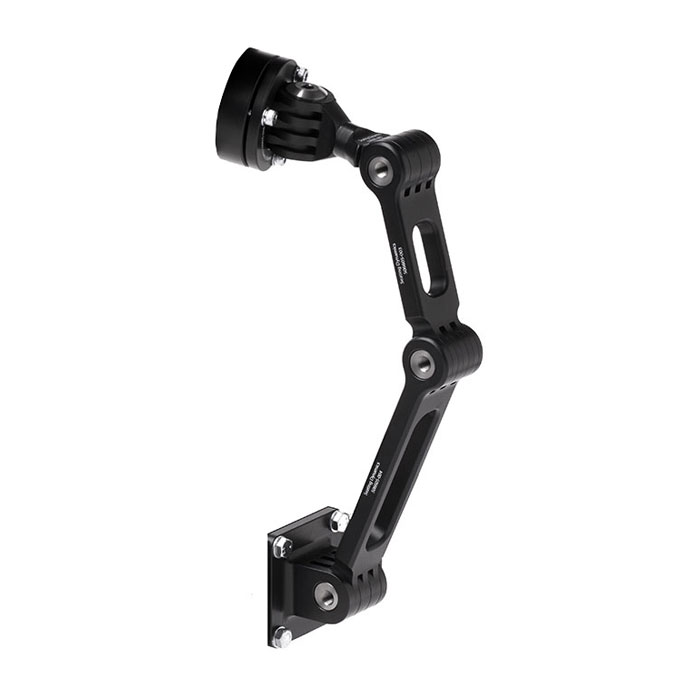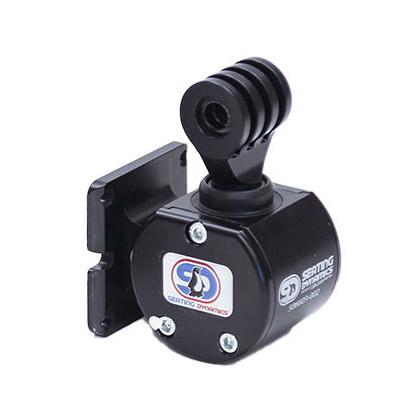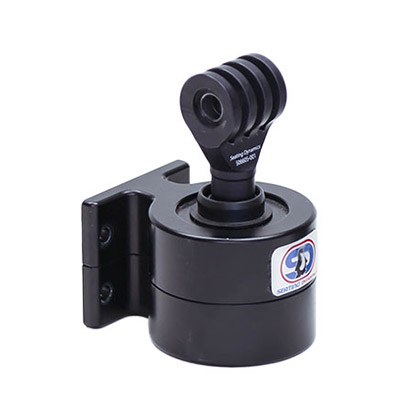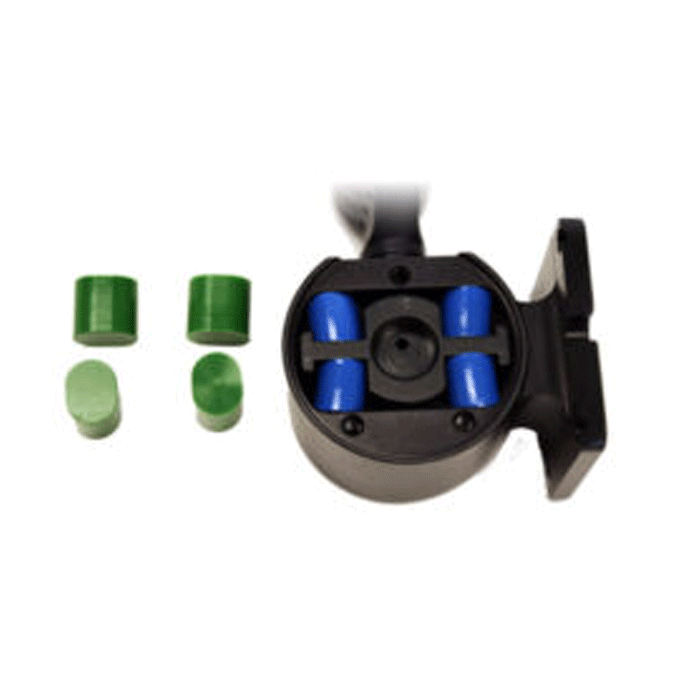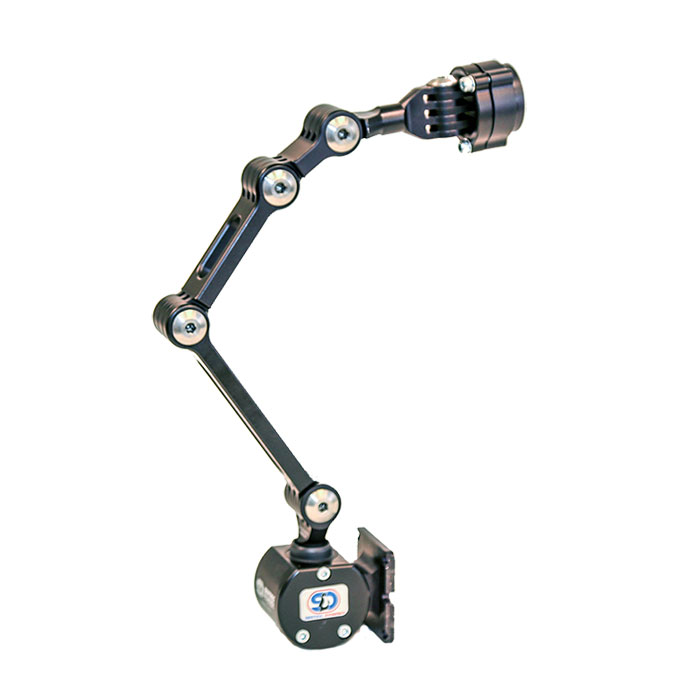Providing Movement
Canadian Seating and Mobility Conference: Providing Movement for Clinical Benefit
This course will define dynamic seating, as well as the clinical benefits of this intervention. A variety of product options and features will be reviewed to better match these features to a specific client’s needs.
Continue ReadingAlpine Rehab Conference: Muscle Tone, Tone, Management and Dynamic Seating Intervention
This course will explore muscle tone, implications in wheelchair seating, and interventions. We will start with muscle tone definitions, etiology, pathophysiology, movement disorders, and related diagnoses.
Continue ReadingSupplier Interview – Dynamic Seating Down Under with Astris PME, New South Wales, Australia
Meet Venesha Moodley and Laurie Grace of Astris PME and learn how they are using dynamic seating in New South Wales, Australia.
Continue ReadingClinician Interview: Kaye Donec – diffusing tone, preventing breakage, and providing movement
Meet Kaye Donec, former Individualized Services Team Leader of the Adult Therapy Program at the Disability Services Department of Communities in Western Australia, and learn how she used Dynamic Seating in her career.
Continue ReadingDarcy – Reducing Agitation and Providing Sensory Input through Movement
See how a Dynamic Rocker Back has not only satisfied Darcy’s need to rock in his wheelchair, but improved safety, sitting tolerance, function and decreased equipment breakage.
Continue ReadingSara: a mover and a shaker!
Sara has a diagnosis of cerebral palsy and seizures. She has a long history of destroying footrests with aggressive movement in her wheelchair, Dynamic Seating has helped.
Continue ReadingDynamic Seating To Provide Vestibular Input, Part 1
Dynamic Seating moves in response to client forces. Many clients move, not due to increased extensor tone, but rather for the explicit purpose of moving. We all tend to seek out movement. We are wired to move and movement has so many benefits. Movement can calm, arouse, work muscles and provide comfort by varying our position. From a sensory standpoint, movement provides vestibular input.
Continue ReadingDynamic Seating to Provide Vestibular Input, Part 2
Our last blog discussed how dynamic seating can provide vestibular input for clients. Vestibular input can, in turn, calm agitated clients and help sub-aroused clients be more alert. Movement can also increase comfort and general muscle activity.
Continue ReadingThe Importance of Movement for All
Movement is normal. We are born moving and continue to do so our entire life. Our bodies are designed to move – it is actually easier to move than to stay still! When movement is prevented or restricted, we experience negative physiological effects. Movement is a good thing, however many of us are not moving enough.
Continue Reading
